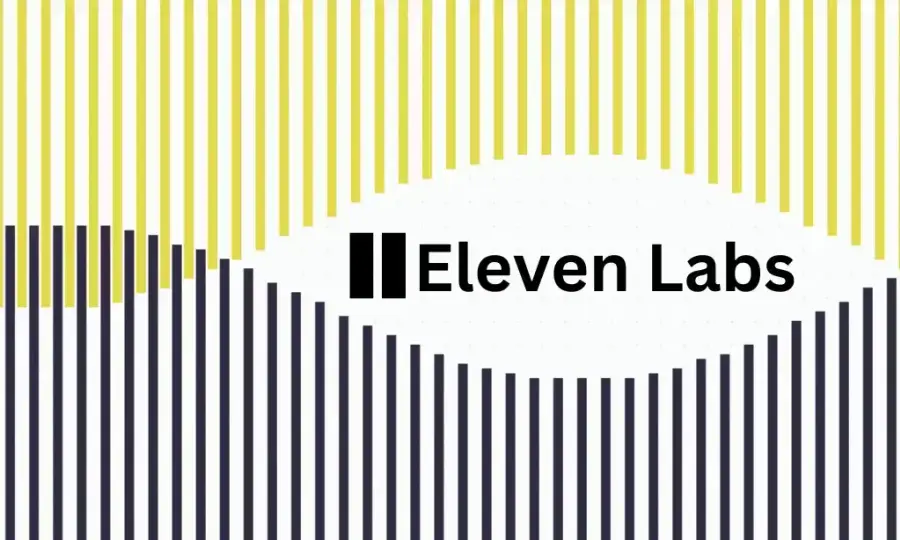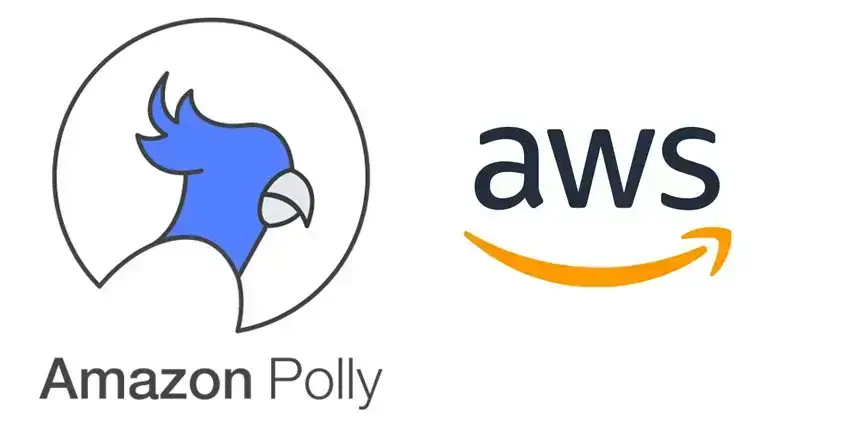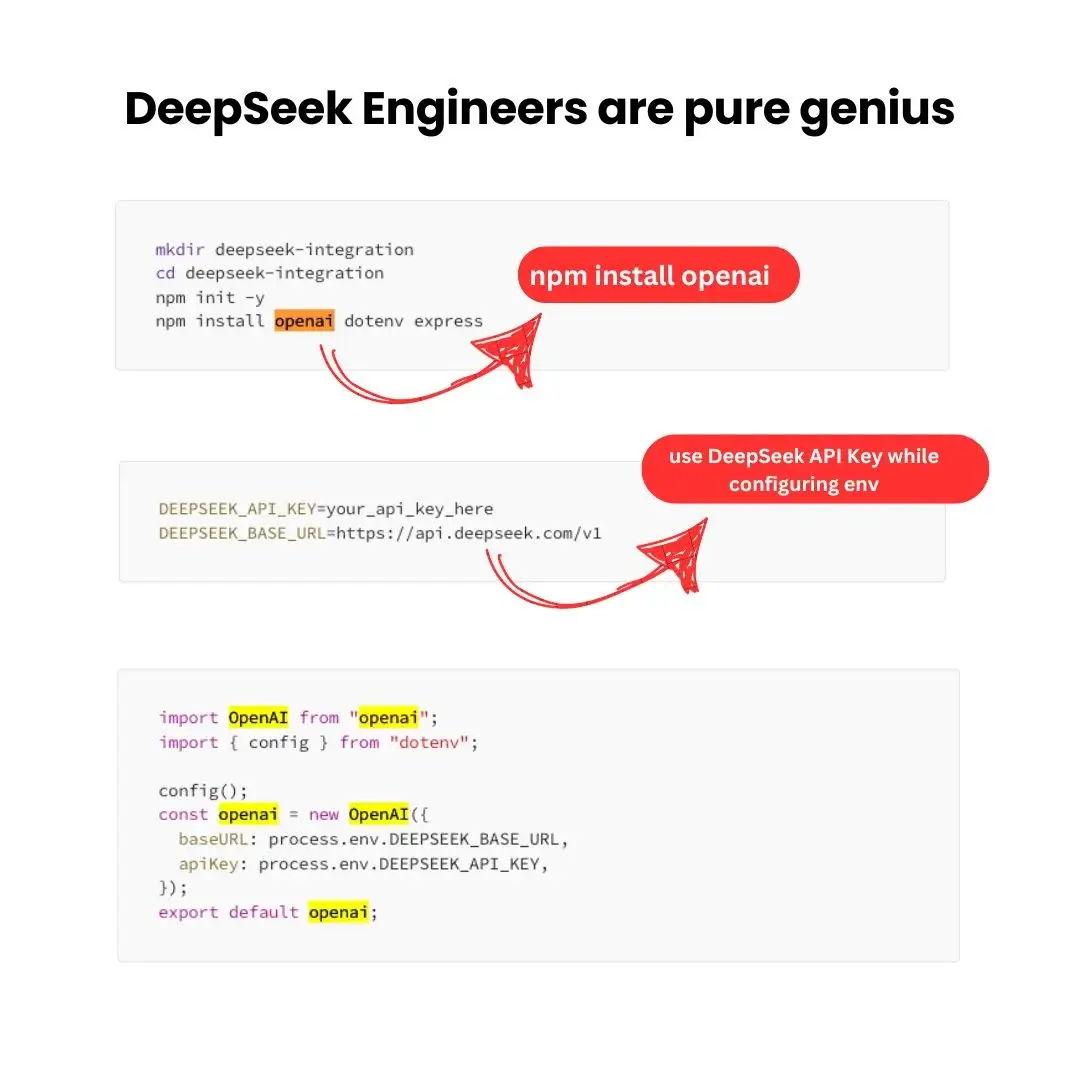
#TTS #Eleven Labs #AWS
Evaluating Eleven Labs’ AI TTS: Balancing Cost, Latency, and Quality
Text-to-speech (TTS) has become an integral part of modern applications, from voice-enabled assistants and e-learning platforms to automated customer support systems. While many solutions exist, Eleven Labs has gained attention for its high-quality, lifelike AI voices. However, in one of our recent projects, we discovered that top-tier quality alone doesn’t always justify a TTS platform—especially when latency and cost come into play. Ultimately, our client chose to switch from Eleven Labs to Amazon Polly, despite its more robotic sound, in order to meet their speed and budget requirements. Here’s what happened.
1. Why Eleven Labs Caught Our Attention
A. Superb Voice Quality
Eleven Labs’ TTS models produce notably natural-sounding speech, capable of nuanced prosody and expressive intonation. When we tested it, the voices stood out for their human-like warmth and clarity, easily surpassing many other TTS engines in realism.
B. Developer-Friendly Features
- Varied Voice Profiles: Multiple built-in voices, each with a distinct personality and style.
- Fine-Grained Control: Some advanced options let you tweak pitch, speed, and emotional tone, allowing for more dynamic outputs.
- Easy Integration: API endpoints and documentation that make it straightforward for dev teams to embed TTS into their workflows.
2. The Latency Problem
Despite the exciting voice quality, latency emerged as a major bottleneck. Even with websockets—a commonly suggested method for streaming or chunked audio—we observed:
- Delayed Audio Start: Users had to wait noticeable amounts of time (several seconds or more) before hearing any playback.
- Inconsistent Streaming: In some configurations, partial audio arrived quickly, but significant lag persisted, undermining any real-time or near real-time use case.
- Scaling Issues: As we ramped up requests (think hundreds of TTS calls per hour), latency spikes grew unpredictable, further complicating user experience.
For use cases demanding quick responses—like interactive voice-based applications—this delay was problematic.
3. Cost Considerations
While Eleven Labs doesn’t hide its pricing, we discovered that projected monthly costs could skyrocket with extensive usage. Particularly for:
- High-Volume Calls: Continuous generation of new voice prompts (e.g., dynamic content in e-learning) quickly amassed large bills.
- Peak Usage: If an application needed short bursts of heavy TTS processing, cost ramped up unexpectedly, especially if concurrency triggered extra fees or higher usage tiers.
When we laid out total expenses over a typical quarter, the budget strain became apparent, especially compared to more established TTS providers like Amazon Polly or Google Cloud TTS.

4. The Hard Decision: Switching to Amazon Polly
A. Why Polly?
- Speed and Lower Latency: Amazon Polly’s infrastructure has been battle-tested for real-time applications, often with minimal delays before audio playback starts.
- Cost-Effectiveness: For large-scale or long-running projects, Polly’s pricing tiers generally remain more predictable and lower than Eleven Labs at high volumes.
- Wider Cloud Integration: If your stack already uses AWS, hooking into Polly fits smoothly with existing services, from AWS Lambda triggers to S3 hosting for cached TTS audio.
B. The Trade-Off: Voice Quality
Polly’s voice quality—while improved over the years—still feels less natural or expressive than Eleven Labs. The client acknowledged that the generated speech had a slightly more robotic cadence. However, they deemed the trade-off acceptable when factoring in latency and budget constraints.
5. Project Takeaways
- Voice Quality Isn’t Everything: While Eleven Labs excels in realism, real-world projects juggle multiple variables—primarily speed and cost.
- Latency Testing Is Crucial: Always simulate real workloads and concurrency during TTS proofs-of-concept. A short demo can mask hidden performance pitfalls.
- Budget Forecasting: Calculate potential usage peaks to gauge worst-case monthly fees, not just average usage.
- Know Your Use Case: If your application is an audio drama or an audiobook platform where users can tolerate small delays for high-quality narration, Eleven Labs might remain the better choice. But for real-time or rapidly updated content, any latency can be too much.
6. Need Help Integrating TTS?
If you’re exploring TTS solutions or planning to build an app centered around voice technology, we can help. Our team has worked extensively with services like Eleven Labs, Amazon Polly, and other TTS platforms, and can guide you in selecting and integrating the right solution for your use case—whether it’s striking the perfect balance between cost, latency, and quality or simply ensuring your app’s voice runs smoothly under high loads.
Ready to streamline your TTS integration? Get in touch, and let’s bring your voice-driven applications to life—without breaking the bank.

